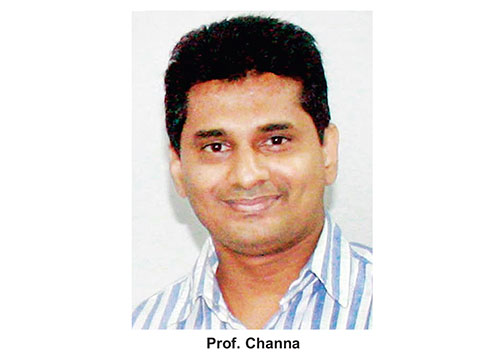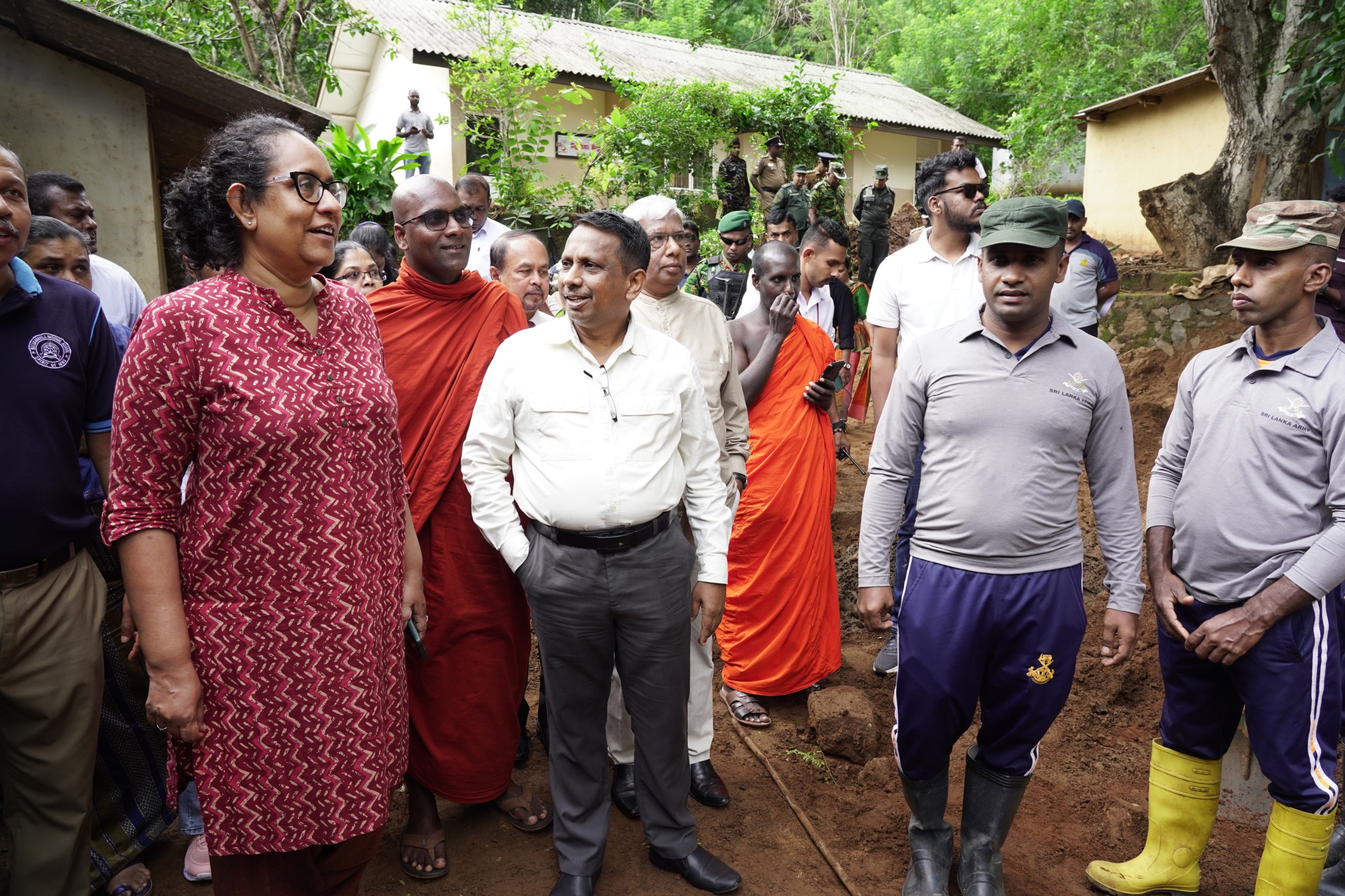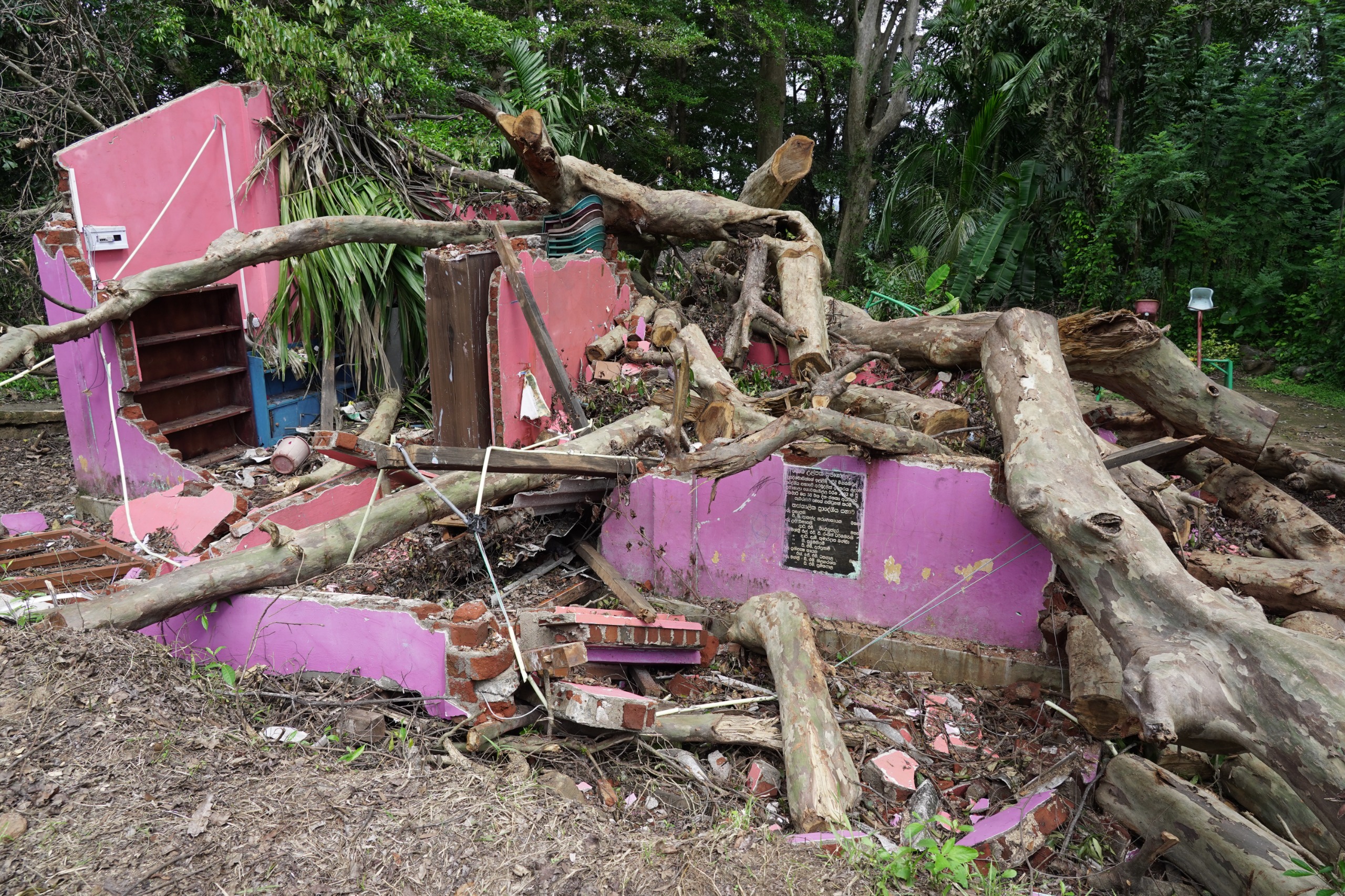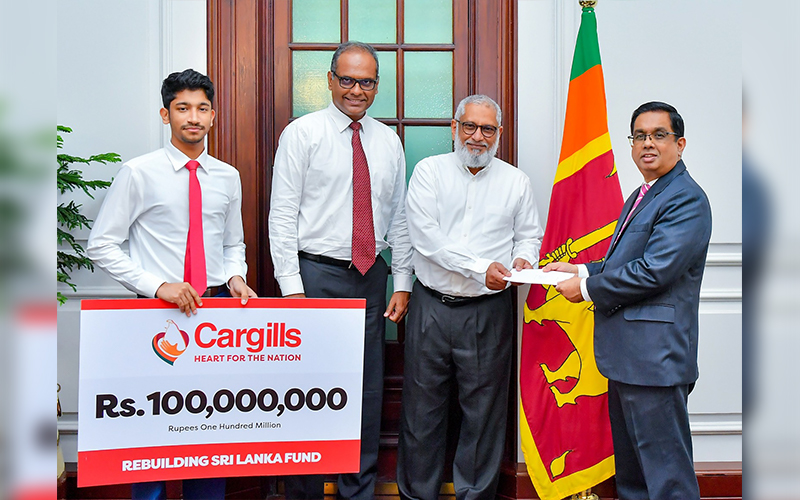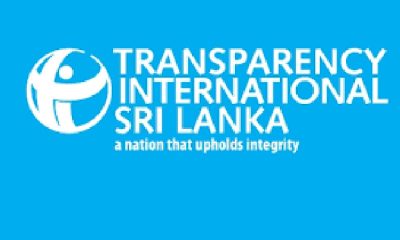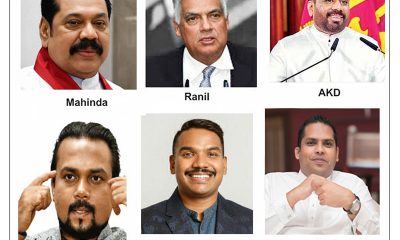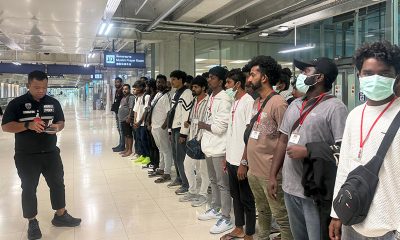Prof. Jayasumana explains efforts to sustain inoculation drive
By Shamindra Ferdinando
State Pharmaceutical Corporation (SPC) has been authorized to explore ways and means of procuring a sufficient stock of Oxford-AstraZeneca vaccine aka Covishield required to provide the second dose to over 600,000 persons from a ‘third party.’
State Minister of Production, Supply and Regulation of Pharmaceuticals Prof. Channa Jayasumana yesterday (18) told The Island that the cabinet of ministers authorized the move on Monday.
Prof. Jayasumana said that the SPC would try to locate available stocks whereas the administration also continued its efforts at government-to- government level to procure the required covishield stock.
“We are looking for one mn doses,” Prof. Jayasumana said, adding that in case a ‘third party’ offered a stock, the purchase would be subjected to authentication by the relevant producer”, he said. The academic said that in case an authenticated stock could be found, the price would be determined by a Cabinet Appointed Negotiating Committee.
Prof. Jayasumana acknowledged that they hadn’t been so far successful in reaching an agreement with a foreign government or a ‘third party’ as regards an available Covishield stock.
Responding to another query, Prof. Jayasumana emphasized that India never officially informed Sri Lanka of discontinuation of Covishield vaccines in spite of massive eruption of Covid-19 cases. However, due to the obvious disruption of supplies from Serum Institute based at Pune, India, the government adopted a two-pronged strategy to obtain a stock sufficient for the required second dose, the State Minister said.
Prof. Jayasumana said that there was no point in denying the fact covishield vaccines were in short supply due to serious disruption of the supply chain. The State Minister acknowledged the concerns of those who had received the first Covishield dose but not sure whether they would be able to get the second.
The government launched the inoculation drive on Feb 29, the day after receiving half a million covishield doses, a donation courtesy the government of India. Sri Lanka received the second stock on Feb 25 – also half a million doses procured by the SPC from Serum Institute, the world’s largest producer of vaccines. In addition to them, Sri Lanka took delivery of 264,000 doses provided by global vaccine initiative COVAX on March 7.
The government concluded the first inoculation drive on April 15.
Prof. Jayasumana said that until then Sri Lanka used only Covishield in the vaccination programme though the country received 600,000 doses of Sinopharm vaccines as a donation from China on March 30. Having received the first stock of Russian Sputnik V vaccine (15,000 doses) on May 4, the government started using it on May 6. Sri Lanka commenced using Sinopharm on May 8 five weeks after taking delivery of the free consignment.
State Minister Jayasumana said that though the government received information pertaining to the availability of Oxford-AstraZeneca vaccines in Canada, Australia, the US and some EU countries, inquiries didn’t yield the desired results.
Prof. Jayasumana said that if their efforts succeeded there wouldn’t have been a need to authorize the SPC to seek supplies from a ‘third party.’ Responding to another query, Prof. Jayasumana underscored the need to be extremely careful in procuring vaccines as initial inquiries revealed that those engaged in plywood business, shipping lines and container transport were among those who offered to provide Oxford-AstraZeneca vaccines. The State Minister referred to exposure of recent attempts in the Eastern Europe to supply water as vaccines.
Prof. Jayasumana acknowledged the need to carry out the second round of inoculation of those who had received the Oxford-AstraZeneca between 12 to 16 weeks after the first dose.
Asked what would happen if sufficient stock couldn’t be procured in time, Prof. Jayasumana said the government was doing everything possible to get the Oxford-AstraZeneca on time. The State Minister said that in Germany and France against the backdrop of the Oxford-AstraZeneca supply chain disruption, those willing to take a different vaccine as the booster were inoculated with either Sputnik V or Pfizer.
Prof. Jayasumana said that the government received confirmation regarding the supply of 185,000 doses of Sputnik V next Tuesday (25). In the wake of the disruption of Oxford-AstraZeneca supply chain, the government finalized arrangements to procure altogether 14 mn doses of Sinopharm and 13 mn Sputnik V, Prof. Jayasumana said, underscoring the financial commitment.
Commenting on the Chinese donation, Prof. Jayasumana said that of the 600,000 doses received, 2,865 Chinese nationals engaged in development work in Sri Lanka were given the first dose whereas 2,435 received the second dose, too, by May 16, 2021.
According to the Office of Chief Epidemiologist Dr. Sudath Samaraweera, by May 16, 2021, the Oxford-AstraZeneca vaccine had been given to 925,242 persons (first dose) and 267,077 (second dose) out of 1,264,000 received from India in three stocks on January 28, Feb 25 and March 7.
Prof. Jayasumana said that the ongoing vaccination programme was being implemented in the Western Province comprising the administrative districts of Colombo, Gampaha and Kalutara.
The inoculation was carried out under extremely difficult situations with over 2000 new cases being reported on a daily basis over the past week, Prof. Jayasumana said, adding that the increasing number of deaths as well as growing number of the total positive cases were a matter of grave concern.

